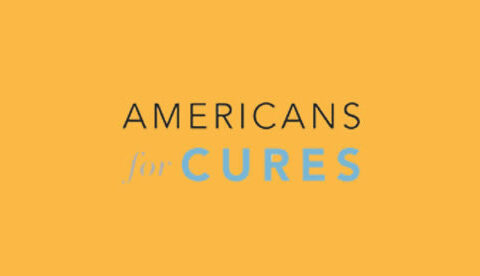About
- On average, every 37 seconds in the U.S., one person dies from heart disease, accounting for about 647,000 American deaths per year.
- In 2015, heart disease made up roughly 16% of all annual healthcare costs in California, with more than $37 billion spent annually, including the cost of healthcare services, medicine and lost productivity due to death.
- Heart disease is often a comorbidity of other health problems and diseases such as diabetes, high blood pressure, high blood cholesterol, and obesity.
- Heart disease describes a range of conditions that affect the heart including blood vessel disease, coronary artery disease, heart rhythm issues, and congenital heart defects.
How Stem Cells Can be Used to Treat Heart Disease
- Stem cells can replace damaged cardiac cells.
- Stem cells could also produce factors that reduce the inflammation associated with heart disease.
- Alternatively, stem cells could be used to generate a new heart (whole organ) for transplantation.
CIRM’s Progress: Selected Research Highlights
- CIRM has funded three clinical trials related to heart disease and heart conditions across two California institutions. Some examples, include:
- In a Phase 1/2 clinical trial, Cedars Sinai researchers are using donor cells derived from the heart to reduce two of the hallmark signs of pulmonary hypertension: inflammation and high blood pressure.
- In a completed Phase 2 clinical trial, Capricor used a specific population of donor stem cells to treat patients with Duchenne Muscular Dystrophy and at risk of heart failure.
- CIRM has also funded numerous early stage and pre-clinical studies in this area. Some examples include:
- Stanford researchers are developing methods of producing sufficient quantities of stem cells that can become heart muscle. They are proposing to carry out an FDA-approved trial with patients who have advanced forms of heart disease, meaning those on a waiting list for a heart transplant.
- UCSD researchers are developing 3D bioprinting techniques using stem cells to engineer cardiac tissue.
- UCSD researchers are developing a protocol by which the host’s immune system can better tolerate transplantation of donor heart stem cells.
- To reduce the chances of market drug withdrawal due to unpredictable cardiotoxicity, researchers at Stanford have developed a comprehensive predictive tool using stem cells from patients with diverse genetic backgrounds. In this way, they have revolutionized drug toxicity screening by accurately predicting potential toxic effects of drugs on the heart in clinical trials.
Heart Disease Organizations Endorsing YES on Prop 14
California Chapter of the American College of Cardiology
To see the full list of over 80 patient advocate organizations that endorse YES on Prop 14
please click hereHEART FAILURE
The prevalence of heart disease is enormous: one out of every three men, and one out of every four women, will develop heart disease in their lifetime. Heart disease can be caused by a number of factors, but results in an inefficiency of the heart to pump blood, or cardiomyopathy. Cardiomyopathy can lead to heart failure. The most common cause of heart failure is the loss of functioning heart muscle due to the damage caused by a heart attack. Damaged areas can turn irreversibly into scar tissue after the initial event, which predisposes a person to future heart attacks and leads to an ongoing worsening of general health.


